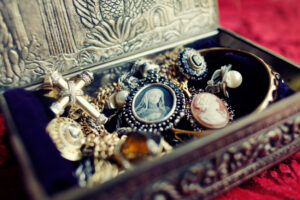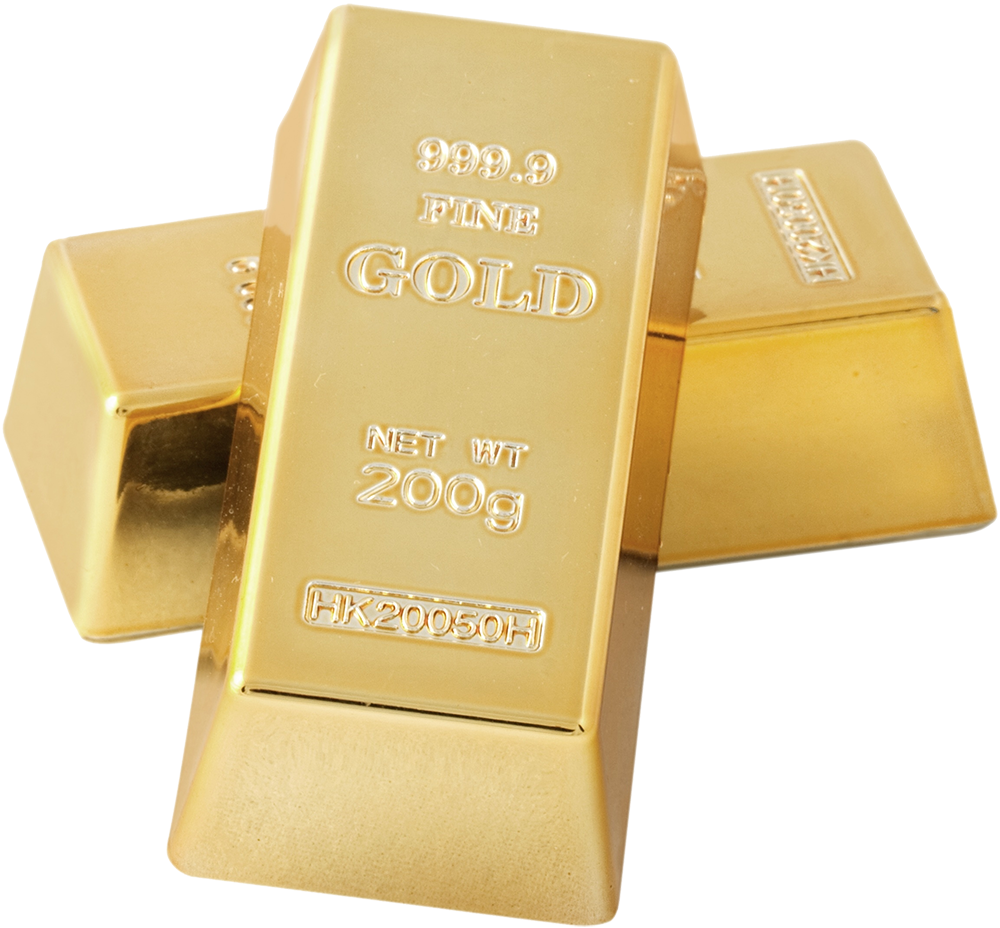 When it comes to jewelry, you may have heard terms such as vintage, antique or estate used to describe a piece.
When it comes to jewelry, you may have heard terms such as vintage, antique or estate used to describe a piece.
Often these terms are used incorrectly, which makes things confusing when trying to classify jewelry. The most significant way to differentiate these three terms is by knowing the age of the piece and identifying if its had a previous owner.
Let’s review the differences between vintage, antique and estate jewelry.
Vintage Jewelry
The term “vintage jewelry” can be confusing, but it typically applies to pieces that are at least 50 years old, but not more than 100 years old.
Throughout the past century, there have been distinct eras of vintage jewelry, including:
- Modern
- Mid-Century
- Retro
- Art Deco
Jewelry created between 1945 and 1960 would fall into the Retro Modern Era. This was an era inspired by Hollywood, with pieces that were flamboyant and colorful. It was also during this time that gold became a popular metal because platinum was in short supply because of World War II.
Some examples of vintage pieces from that era included:
- Bold necklaces and bracelets
- Big cocktail rings
- Colorful pins
- Charm bracelets
Toward the 1960s, the trend for jewelry shifted toward more dramatic pieces, such as those inspired by Jacqueline Kennedy. This trend, along with the gold jewelry movement, continued through the 1980s.
Antique Jewelry
Jewelry that is over 100 years old is considered antique. It is usually categorized by the decade in which it was made. Some of the more popular antique jewelry eras include:
- Georgian (1714-1837) – Jewelry made during the Georgian era are extremely rare. They were handmade and very delicate, which means very few pieces exist today
- Victorian (1837-1890) – The Victorian era actually consisted of three different periods where jewelry trends varied greatly. Up until 1850, pieces wore more delicate and were nature-inspired. During the middle years from 1860-1880, most jewelry created was dark and lacking color. Between 1885-1890, star and crescent designs gained popularity.
- Art Nouveau (1895-1915) – This era saw a return to nature as the main source of inspiration for jewelers. New techniques, including enameling and the use of semi-precious stones such as opals became prevalent.
- Edwardian (1901-1915) – Pieces from this era were often extravagant and contained expensive jewels, such as emeralds, diamonds or rubies.
- Art Deco (1915-1935) – This trend moved away from delicate designs toward patterns that were of a more geometric or angular nature.
Estate Jewelry
Many people who hear the term “estate jewelry” think of a piece that has been passed down through generations and is therefore quite old. However, the term estate jewelry does not necessarily refer to the age of the piece. Any piece that has had a previous owner can be considered an estate piece.
It may be older because it has had time to age since being purchased because an estate piece is likely to stay with its original owner for several years. Because of this, most estate jewelry could be classified under vintage or antique categories.
Have Jewelry Appraised by Doylestown County Gold Exchange
If you’re looking for an estate jewelry appraisal in Bucks County, Doylestown Gold Exchange and Jewelers is here to help.
Owner Greg Glesmer is a graduate gemologist from the Gemological Institute of America, and can appraise pieces you’ve inherited as well as jewelry you already own but you want to sell.
Whether you have a piece of estate, vintage or antique jewelry, Doylestown Gold Exchange can help you get the right price.

